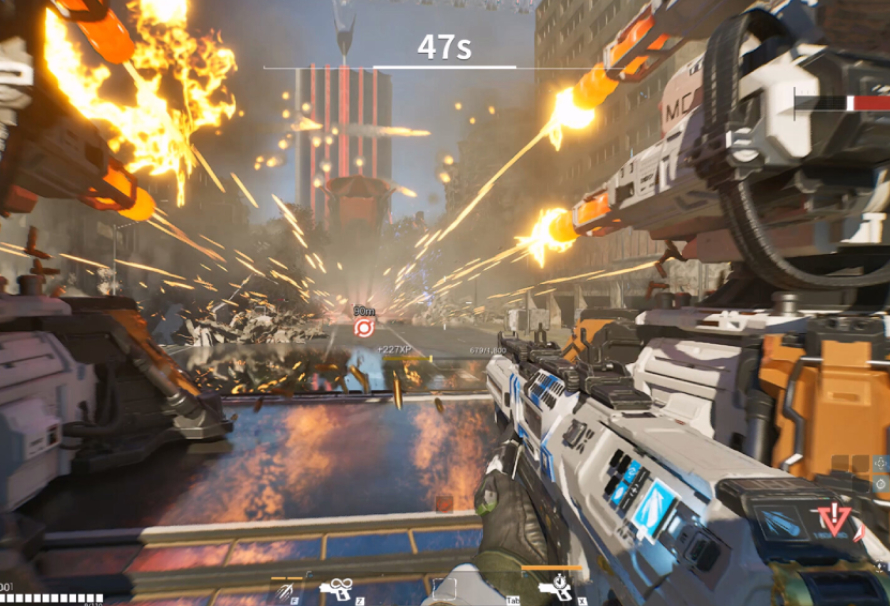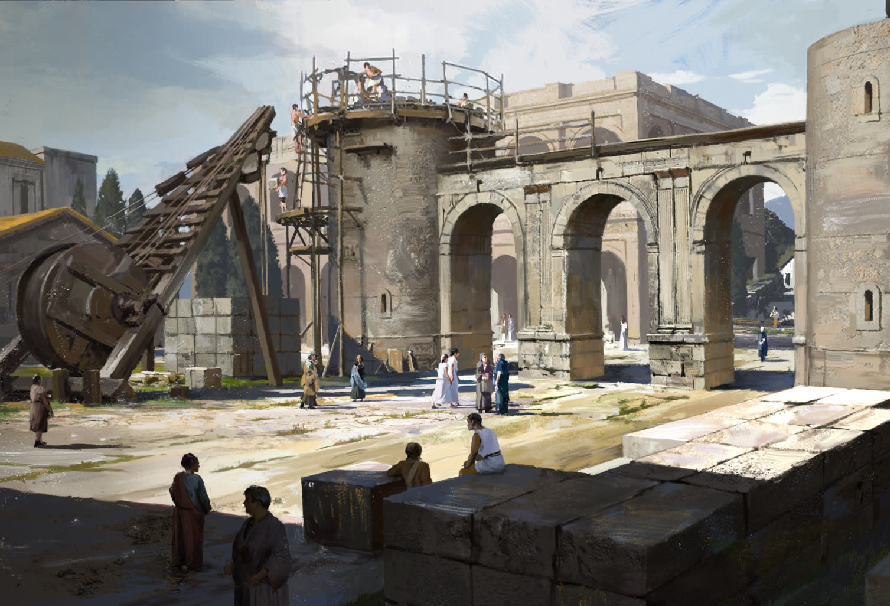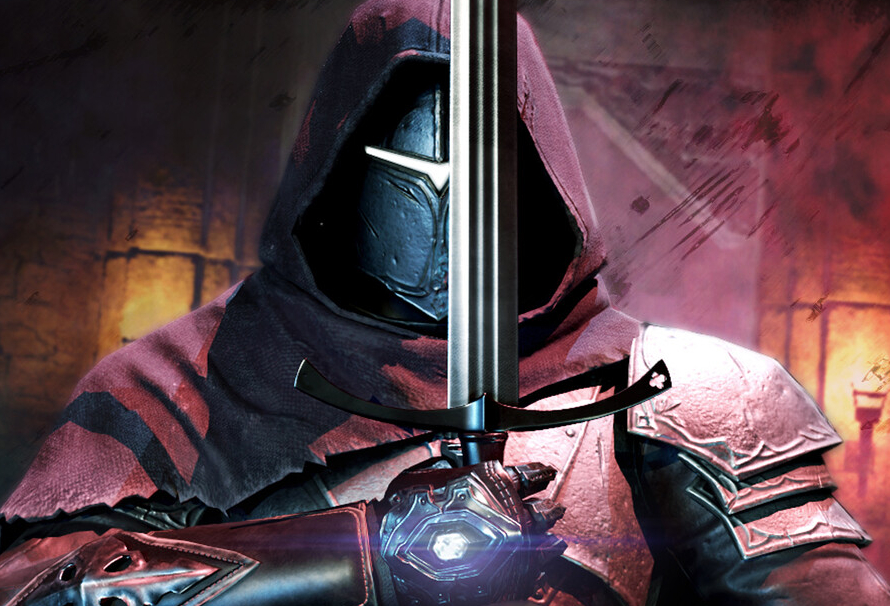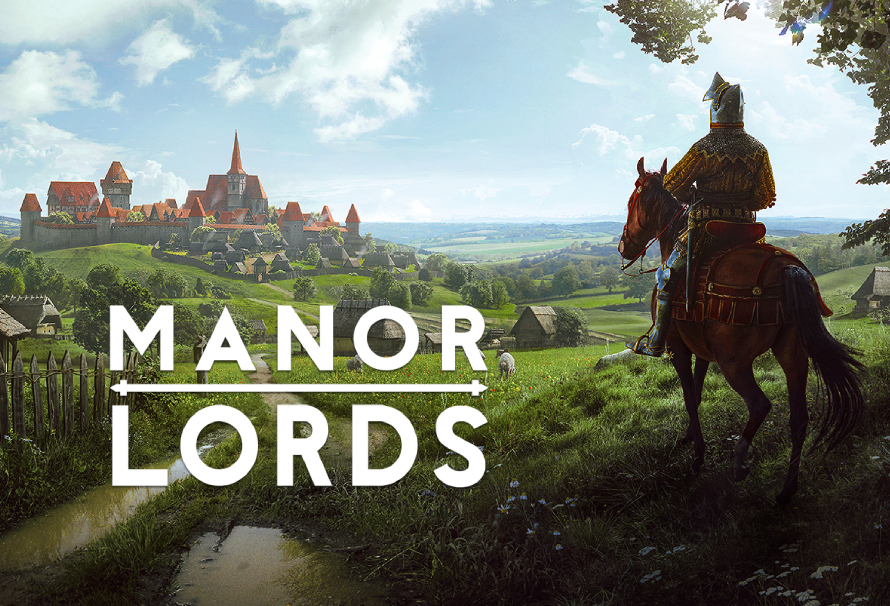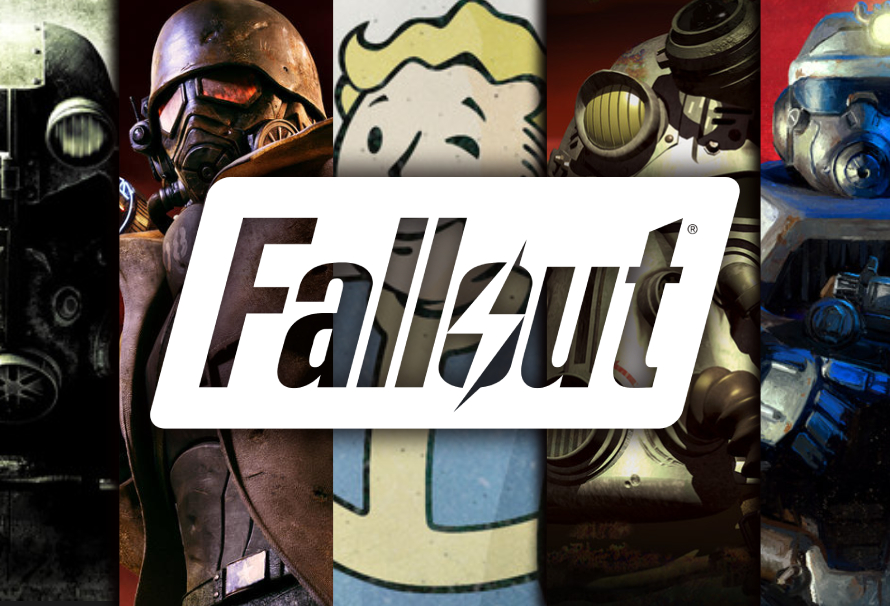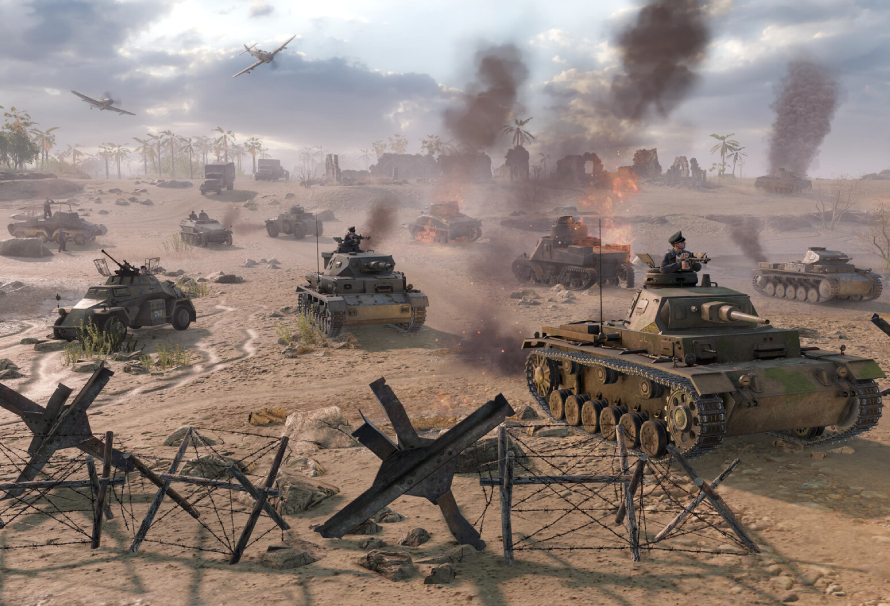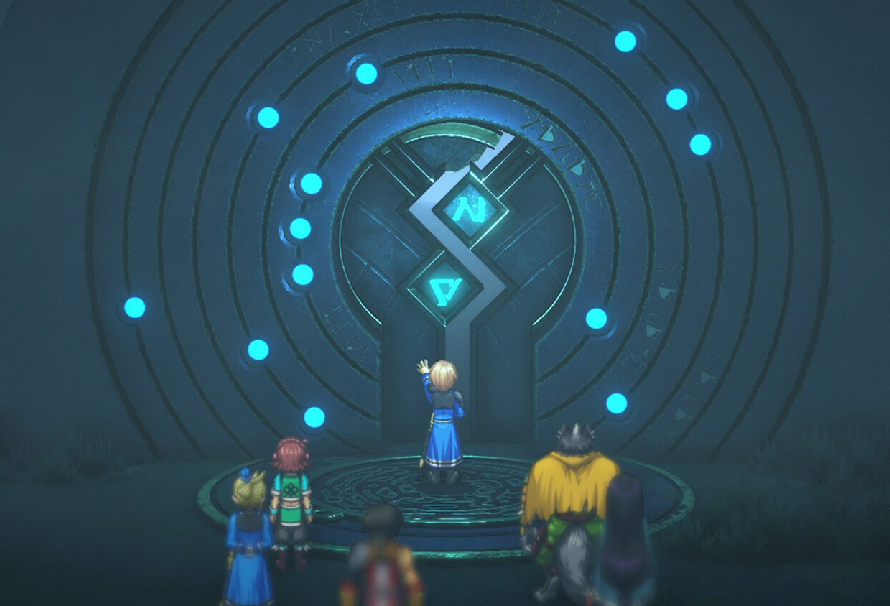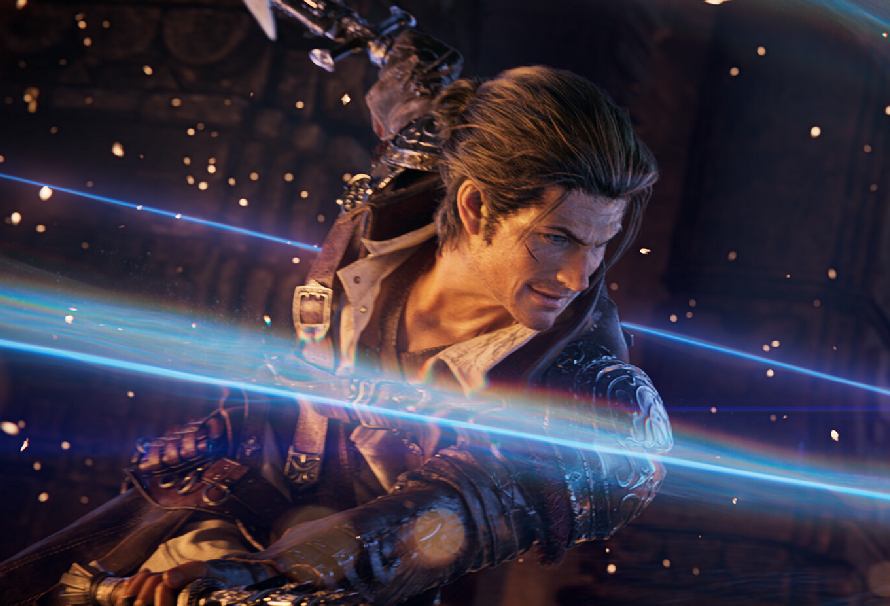This is featured post 1 title
Replace these every slider sentences with your featured post descriptions.Go to Blogger edit html and find these sentences.Now replace these with your own descriptions.This theme is Bloggerized by Lasantha - Premiumbloggertemplates.com.

This is featured post 2 title
Replace these every slider sentences with your featured post descriptions.Go to Blogger edit html and find these sentences.Now replace these with your own descriptions.This theme is Bloggerized by Lasantha - Premiumbloggertemplates.com.

This is featured post 3 title
Replace these every slider sentences with your featured post descriptions.Go to Blogger edit html and find these sentences.Now replace these with your own descriptions.This theme is Bloggerized by Lasantha - Premiumbloggertemplates.com.

The Journey of Jay Prackett Sanji: From Classic Games to Streaming Stardom
 May 31, 2024
May 31, 2024
 PATRICK JAMES
PATRICK JAMES
The Journey of a Gamer: Exploring Passions, Memories, and the Power of Streaming: TheRyu133
 May 24, 2024
May 24, 2024
 PATRICK JAMES
PATRICK JAMES
The Journey of a Gamer TheRyu133: Exploring Passions, Memories, and the Power of Streaming:
Introduction:
In the vast world of gaming, each player has a unique story to tell. From childhood memories to favorite games and the motivation behind streaming, the journey of a gamer is filled with passion, excitement, and personal growth. In this blog post, we will delve into the experiences and motivations of a dedicated gamer, exploring the reasons behind their gamer tag, their favorite games, and their decision to embark on the world of streaming.
The Birth of a Gamer Tag:
Nostalgic Beginnings:
The Unforgettable Experience:
Tales of Fantasy and Strategy:
A Library of Memories:
Open World RPGs: A Personal Favorite:
A Lifelong Love:
Streaming: A New Chapter:
MY GAME STORY AND JOURNEY:
Tune in to TheRyu133 Channel
Best Games Like Outpost: Infinity Siege
 May 23, 2024
May 23, 2024
 PATRICK JAMES
PATRICK JAMES
Best Games Like Outpost: Infinity Siege
Best Games Like Outpost: Infinity Siege
Sanctum 2
Orcs Must Die 3
Titanfall 2
M.A.S.S. Builder
Meet Your Maker
What Millennia Brings To The 4X Strategy Genre
 May 23, 2024
May 23, 2024
 PATRICK JAMES
PATRICK JAMES
What Millennia Brings To The 4X Strategy Genre
Much More Nuanced Combat
The National Spirits System Provides Additional Replayability
The Undo Button Lets You Correct Mistakes
For anybody who has played the likes of Civilisation VI or Humankind, saving every two minutes to protect yourself from a potentially catastrophic blunder in tactical decision-making is pretty much par for the course. Millennia, however, takes a slightly different approach to this situation. If you happen to have made a diplomatic tie where you shouldn’t have or sent an expeditionary force somewhere only for them to find themselves extremely dead, a handy undo button lets you rewind time and correct your mistake. Though the system could potentially be abused by the less scrupulous, the undo button earns its keep for allowing honest players to correct legitimate mistakes due to accidental button presses or other such unintentional blunders.
Alternate Ages Are Millennia’s Ace In The Hole
Battle Talent Lets You Yeet Enemies Into The Sky And Float As You Beat Them Up
 May 23, 2024
May 23, 2024
 PATRICK JAMES
PATRICK JAMES
Battle Talent Lets You Yeet Enemies Into The Sky And Float As You Beat Them Up
Battle Talent nails the rule-of-cool feeling that VR thrives on, and along with feeling good to play, is a nice little workout too. It’s just a very good game, and if you’re looking for something new, it won’t disappoint.
Manor Lords: An Incredible Game With Plenty Of Room To Grow
 May 22, 2024
May 22, 2024
 PATRICK JAMES
PATRICK JAMES
Manor Lords: An Incredible Game With Plenty Of Room To Grow
The Fallout Timeline In Chronological Order
 May 22, 2024
May 22, 2024
 PATRICK JAMES
PATRICK JAMES
The Fallout Timeline In Chronological Order
When does the Fallout series start?
NOTE: Naturally, there are major spoilers for the entire Fallout franchise ahead, but you can just look at the sub-heads if you are simply looking for the best chronological order to approach things. It’s worth noting, however, that some parts are interwoven, so keep that in mind.
Fallout 4 Prologue – 2077
Fallout 76 – 2102
Fallout – 2161
Fallout Tactics – 2197
Fallout 2 – 2241
Fallout 3 – 2258-2277
Fallout: New Vegas – 2281
Fallout 4 – 2287
Fallout TV Show – 2296
The Best Games Like Men of War II
 May 22, 2024
May 22, 2024
 PATRICK JAMES
PATRICK JAMES
The Best Games Like Men of War II
The best games like Men of War II will let you flex your strategic, RTS and WW2 military-themed muscles whilst you wait for all of them to be flexed with one handy Men of War branded package when it finally arrives on May 15th. As you would expect, Men of War II, like its previous entries, is a real-time strategy game set in World War 2, which is an already fairly well-populated gaming niche – making it ideal for list-making purposes.
Best Games Like Men of War II
Men of War II is filled with not only the big decisions you’d expect but also thousands of tiny ones as you make your way through the intense narrative offered by the game’s story-driven campaigns. Or, if you are more action-inclined, you can just flex your wrinkly brain in the skirmish modes against AI opponents, or real-world ones via multiplayer. Thanks to all of this, there are some really good options to include in this list of the best games like Men of War 2 – so let’s get into them.
Company of Heroes 2
Steel Division 2
Steel Division 2 is another RTS set in World War 2, and it features 1:1 scale army management, and turn-based elements too. It’s a little more granular and evolved than we’re expecting Man of War II to be, but that’s not a slight on either game. Steel Division 2 is also more about vehicles than anything else, and if you’re a tank or plane buff, then you’ll enjoy getting to look at the models in the game, along with actually getting to play as the vehicles too.
Manor Lords
Yes, we are well aware that Manor Lords isn’t set in World War 2. It is, however, really good, and if you’re looking forward to the strategic planning of something like Men of War II, then it’ll hit a very similar part of your brain. Manor Lords is a medieval strategy game with a few additional layers such as city building and economic management. You take control of a medieval lord and have to guide your people through good and bad times, big old fights, and even the seasons themselves. It’s exquisite, so don’t miss it.
Age of Empires 4
Another one that’s not technically World War 2, but it is sort of all of time forever, so we’re counting it. Age of Empires 4 is an absolute masterclass of the real-time strategy genre and lets you take your chosen leader from the dawn of humankind all the way into the future, with you getting to guide them through every great advancement and more. It’s truly incredible, and if you want to be able to enjoy not only the guns of different World Wars but also things like bows and arrows and even the space race, then no game does it better than Age of Empires 4.
Hell Let Loose
Finally, we come to Hell Let Loose. Hell Let Loose isn’t a strategy game at all, instead, it’s an intensely punishing WW2 set first-person shooter. The fast-paced battles have you facing off in firefights with up to 100 players who can not only run around on foot but also jump into different vehicles or even hop into some artillery. Whilst primarily an intense shooter, it does have a cool RTS meta-game mode that’ll still let you flex your more strategic muscles, as well as the core FPS gameplay that’ll let you play with your reactions. It’s a great game, and if you want a slight curveball option to Men of War II, this could just be it.
The Best Games Like Eiyuden Chronicle: Hundred Heroes
 May 22, 2024
May 22, 2024
 PATRICK JAMES
PATRICK JAMES
The Best Games Like Eiyuden Chronicle: Hundred Heroes
Best Games Like Eiyuden Chronicle: Hundred Heroes
OCTOPATH TRAVELER II
Chained Echoes
The Legend of Heroes: Trails into Reverie
FINAL FANTASY XIV: Dawntrail – The Story So Far
 May 22, 2024
May 22, 2024
 PATRICK JAMES
PATRICK JAMES
FINAL FANTASY XIV: Dawntrail – The Story So Far
FINAL FANTASY XIV – Pre-Realms Reborn Story Overview
Before the Realms Reborn story, which kicked off the current era of FINAL FANTASY XIV as we know it, the curtain rises on the fantasy realm of Eorzea, a land that was once ruled by the technologically advanced civilization of Allagan, whose powerful creations include an enigmatic celestial body by the name of Dalamud. Craving all that power for their own ends, the ruthless Garlean Empire invades Eorzea and manages to take over Ala Mhigo, a key city state in far eastern Eorzea which it then uses as a temporary seat of power within the realm. Soon, however, the surrounding townships, enclaves, and city-states join forces to begin to fight back in a bid to restore peace to Eorzea once more.
FINAL FANTASY XIV: Realms Reborn Story Overview
FINAL FANTASY XIV: Heavensward Story Overview
FINAL FANTASY XIV: Stormblood Story Overview
FINAL FANTASY XIV: Shadowbringers Story Overview
FINAL FANTASY XIV: Endwalker Story Overview
Now you are all up to date on the decades' worth of story underpinning FINAL FANTASY XIV, why not prepare for your adventure into the lands of Tural when you purchase FINAL FANTASY XIV:
 RSS Feed
RSS Feed Twitter
Twitter









